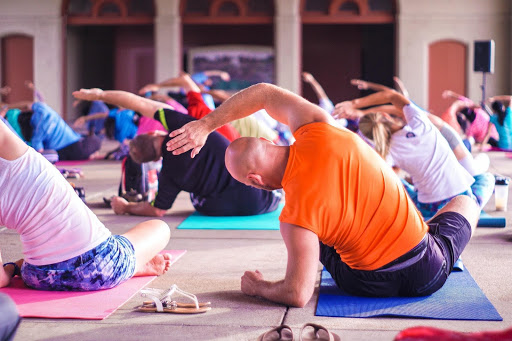Image Source: Unsplash
Contributor |Writer: Dan Matthews
Nothing feels quite as great as hitting your stride when you’re on a fitness journey. Maybe you’ve finally reached a specific goal or you’ve built a regimen into your daily routine. But, even the fittest people in the world aren’t immune to getting injured.
Statistics show that even 90% of college athletes in their peak physical prime have reported some type of injury. So, whether you’re a casual runner, you workout at home, hit the gym a few times a week, or you’re a professional athlete, you can still face injuries.
Unfortunately, an injury can throw you completely out of your routine and put a staggering halt to your journey. That can be an incredibly frustrating experience, especially if you’ve been working hard toward a specific goal.
So, what can you do to continue your fitness journey after an injury, and how can you reduce your risk of getting injured in the future?
What Are the Most Common Injuries?
If you’re regularly exercising or playing a sport, the most common injuries typically affect the knees. In fact, about 55% of all sports injuries impact the knees in some way. But, other common injuries caused by exercise include:
- Shoulder injuries
- Tennis elbow
- Shin Splints
- Hamstring strain
- Groin pull
If you do play a sport, injuries of all types can be quite common, and it’s important for coaches and staff members on your team to know how to handle some of those common injuries as soon as they occur. That includes making sure the team has a first aid kit on hand and that coaches have basic first aid training.
Some injuries can occur when you’re not working out or playing a sport, and they might be unavoidable. For example, there are nearly 10 million car accidents across the country each year. They can cause everything from whiplash to neck, head, and chest injuries. Accidents in the home are also fairly common, from slips and falls to injuring yourself during home improvement projects.
Simply put, accidents can happen even when you’re not actively exercising. Injuries can set you back no matter how they occurred.
Is it Possible to Prevent Injuries?
Unfortunately, unless you live in a bubble 24/7, it’s impossible to completely eliminate the risk of getting injured. The potential causes listed above are only a small fraction of things that could happen. You could get hurt stepping out of bed in the morning or roll your ankle walking down the street. Is that rare? Of course. But, things like that do happen.
What you can do, however, is take proper precautions whenever possible to lower your risk of getting injured. You should take these precautions both while you’re working out as well as in your everyday activities.
When you do exercise, one of the best things you can do to prevent injury is to warm up properly.
Warming up helps to:
- Increase blood flow to your muscles
- Raise your body temperature
- Stimulate blood circulation
When your body is warm, it’s less likely that you will stretch or “pull” a muscle the wrong way. If you do feel some type of pain in your body during a workout, it’s important to stop immediately. Pushing through something like a shoulder injury could make it worse. Instead, pause what you’re doing, rest, and practice a few stretches. Try to avoid working out again until the pain subsides.
Getting Back Into a Routine Safely
No matter what type of injury you sustained or what caused it, the best thing you can do is give your body time to heal. Talk to your doctor about getting enough rest and developing a timeline for your injury so you can slowly get back into your normal activities. Resting your body includes everything from making sure you’re getting enough sleep to keeping your injury from getting worse by using that area of your body too much.
It’s also important to strengthen your body and keep your immune system healthy while you recover. Things like multivitamins can help to prevent muscle deterioration and may get you back on your feet sooner. You might also be able to do other light exercises that don’t affect your injury in a negative way, so it’s easier to “bounce back” faster once you’re healed. Start with exercises that are easier on your joints and muscles, like swimming or yoga.
Any type of injury can be frustrating when you have fitness goals you want to achieve. But, by taking the time to treat it properly and let it heal, you will reduce the risk of re-injuring yourself, so you can take the next step on your journey that much sooner. You listen to your body while you’re working out, so listen to it during your rest periods as well, and make sure you’re paying attention to any signals it might be giving you that it’s time to slow down or take a break.

About the Author: Dan Matthews is a writer with a degree in English from Boise State University. He has extensive experience writing online at the intersection of business, marketing, lifestyle, and health. You can find him on Twitter and LinkedIn.












More Stories
A Complete Guide on How to Create A Cheap Vegan Meal Plan
Benefits of using Chinese White Tea
Practice These 7 Full Body Workouts For Weight Loss